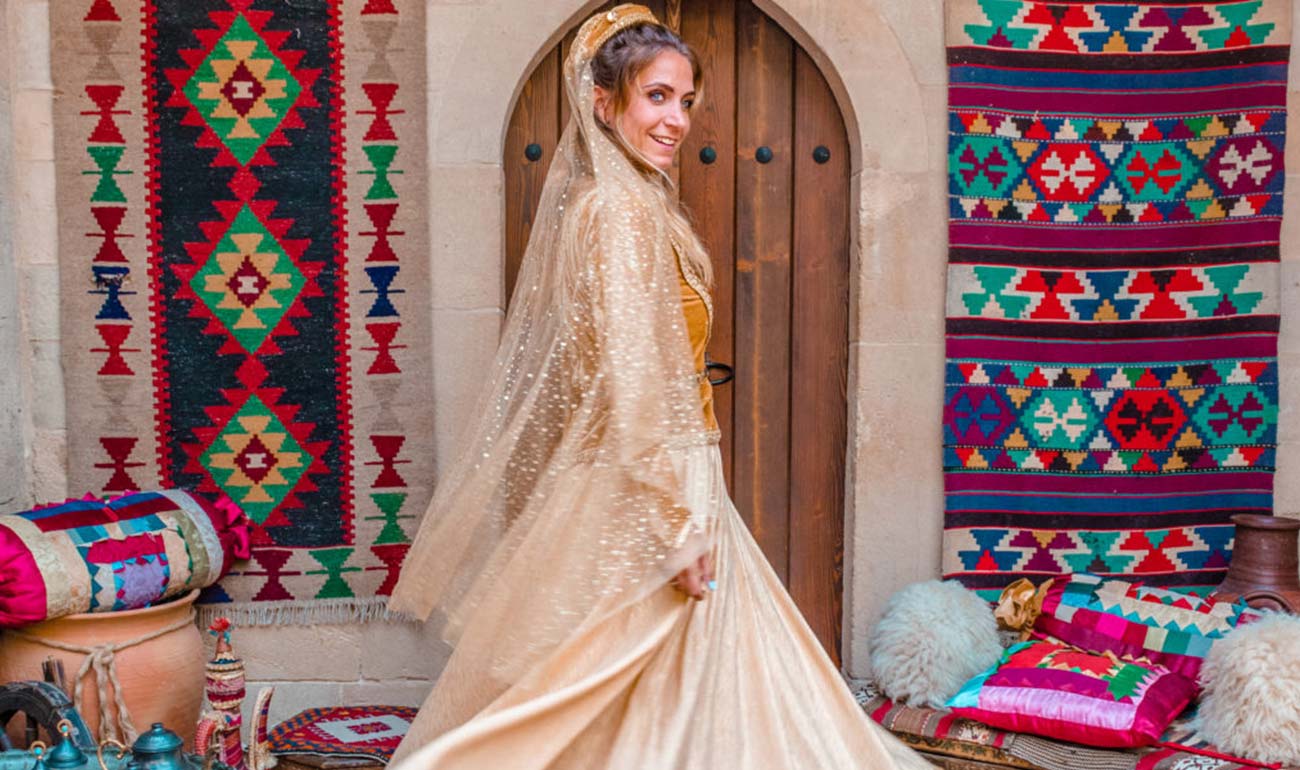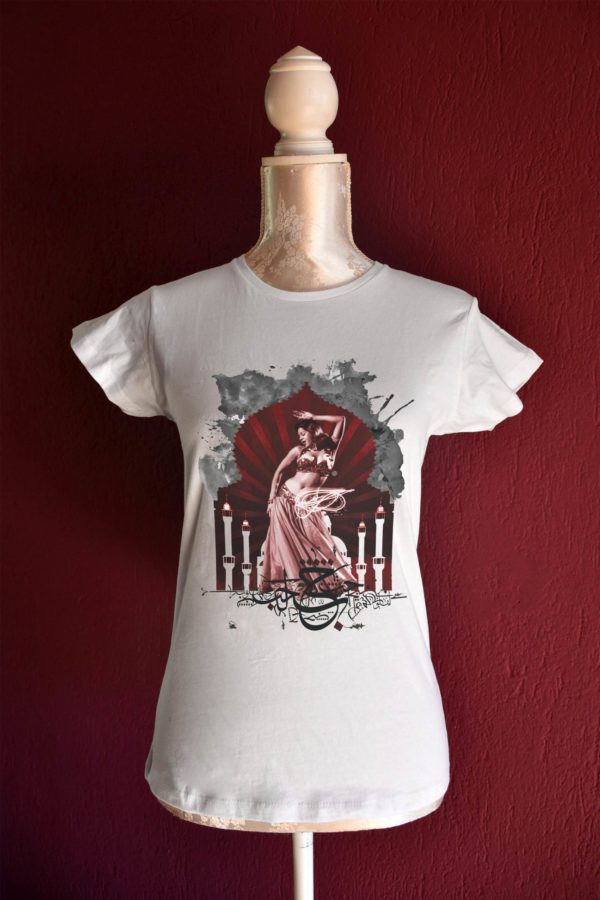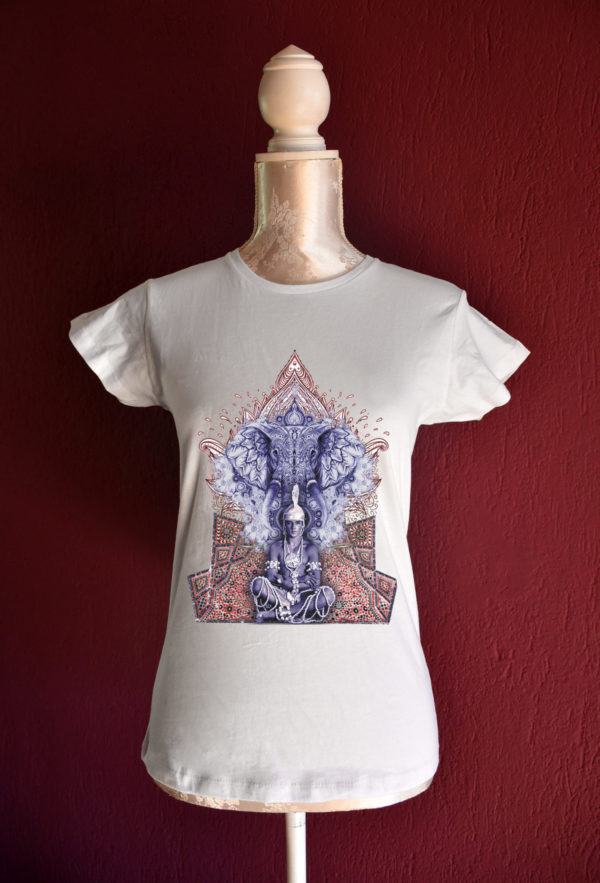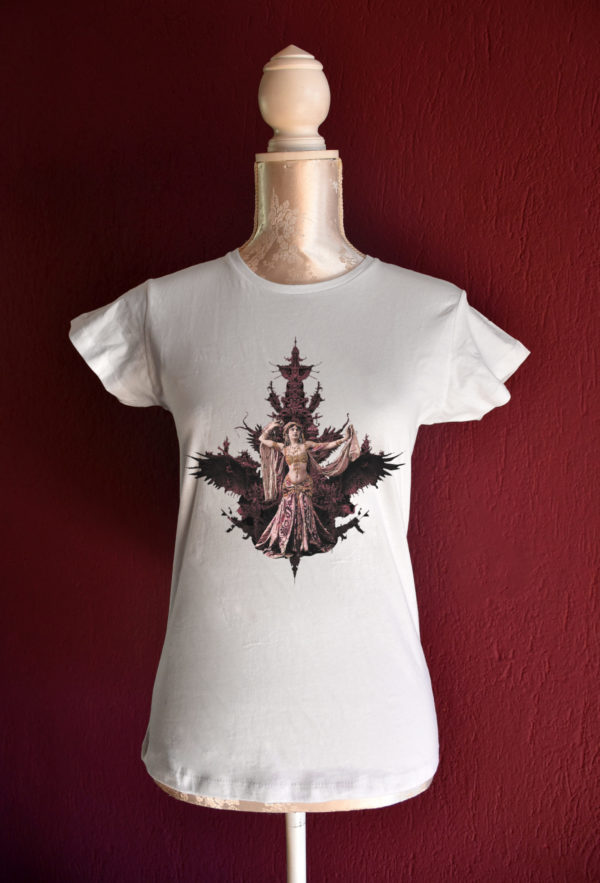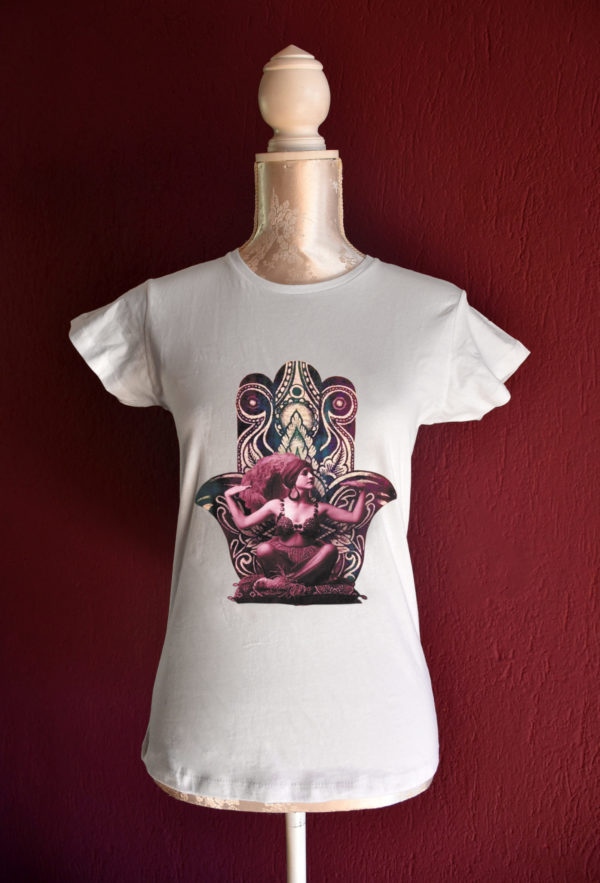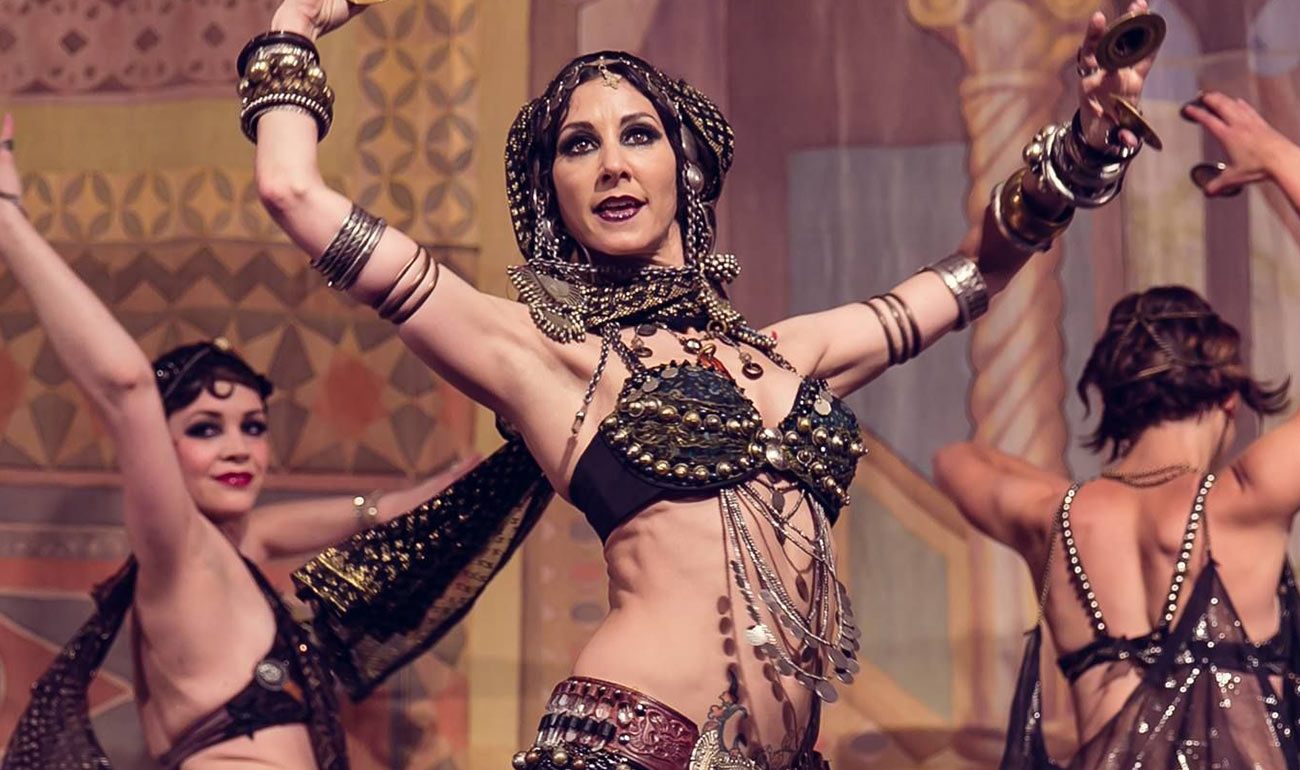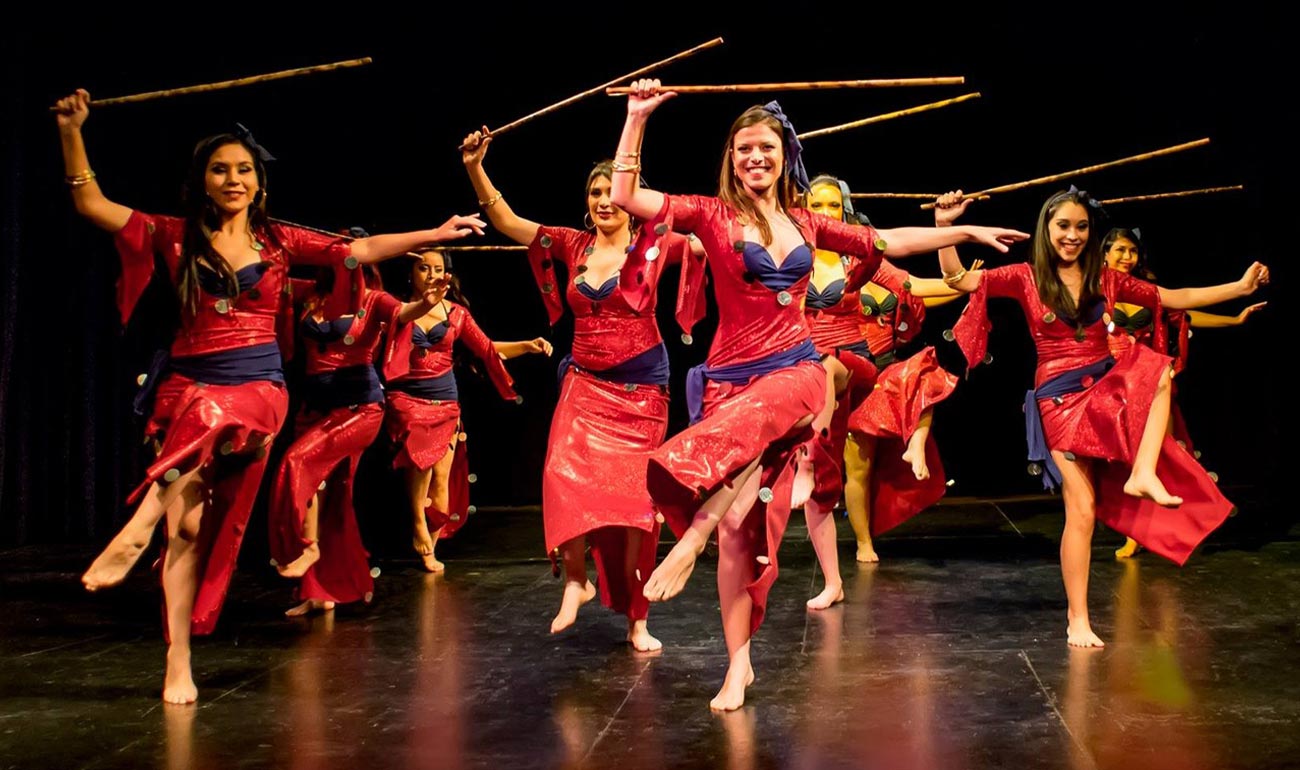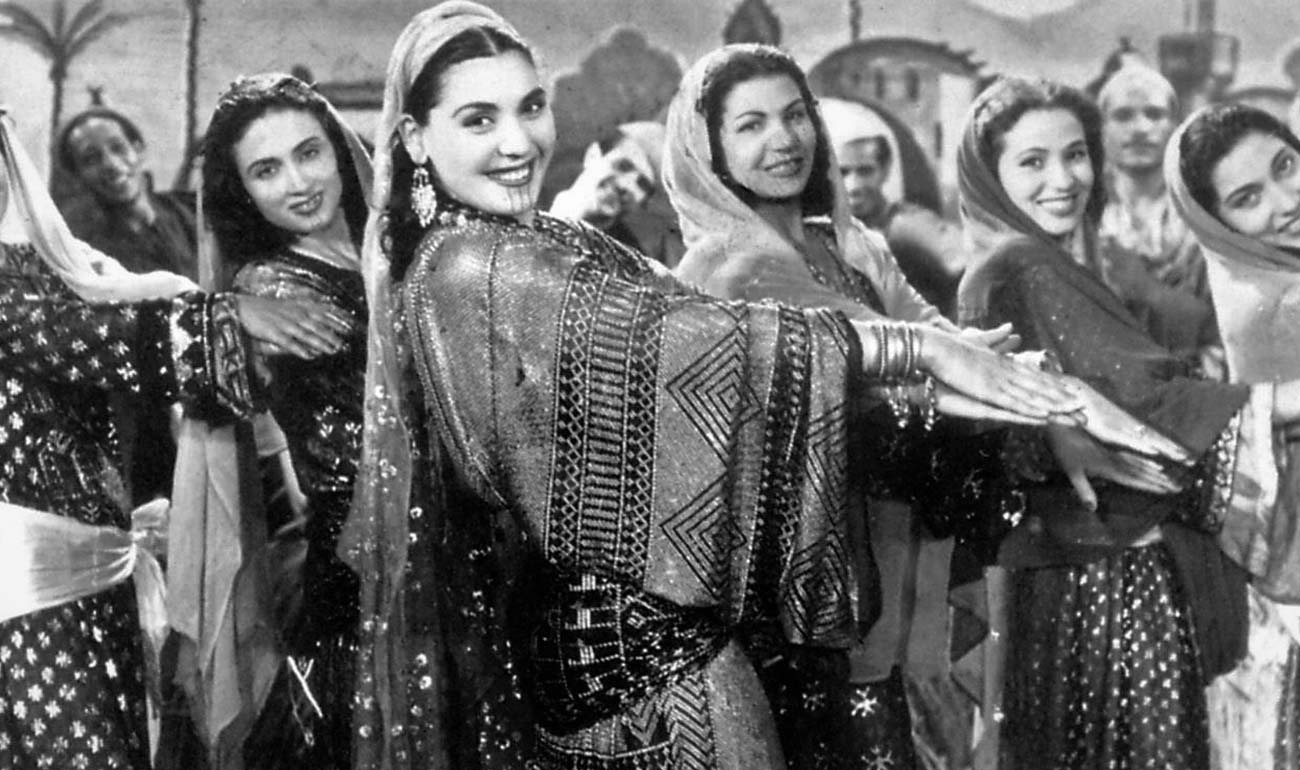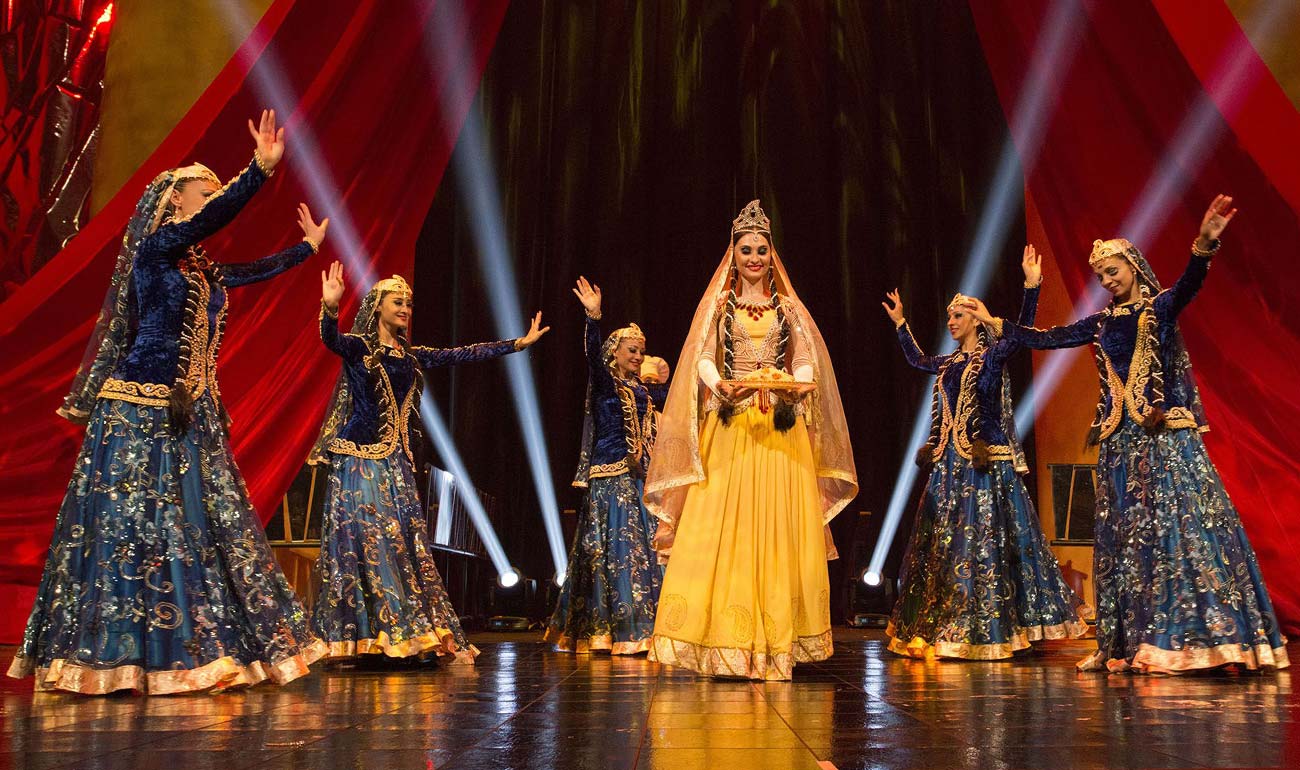
Azerbaijan’s traditional costumes
Tribal Fusion and American Tribal Style (Ats) dance costumes take inspiration not only from the Middle East, but also from the traditional clothes of the Balkan and Central Asia area…not surprisingly, the beautiful headdresses and showy jewels that enhance the performances of the dancers, often come from countries such as India or Afghanistan.
Looking on the web, I was particularly impressed by the vintage photo of an Azerbaijan’s woman from Baku, dated 1897, and by her splendid traditional dress, so I decided to delve deeper into the subject.
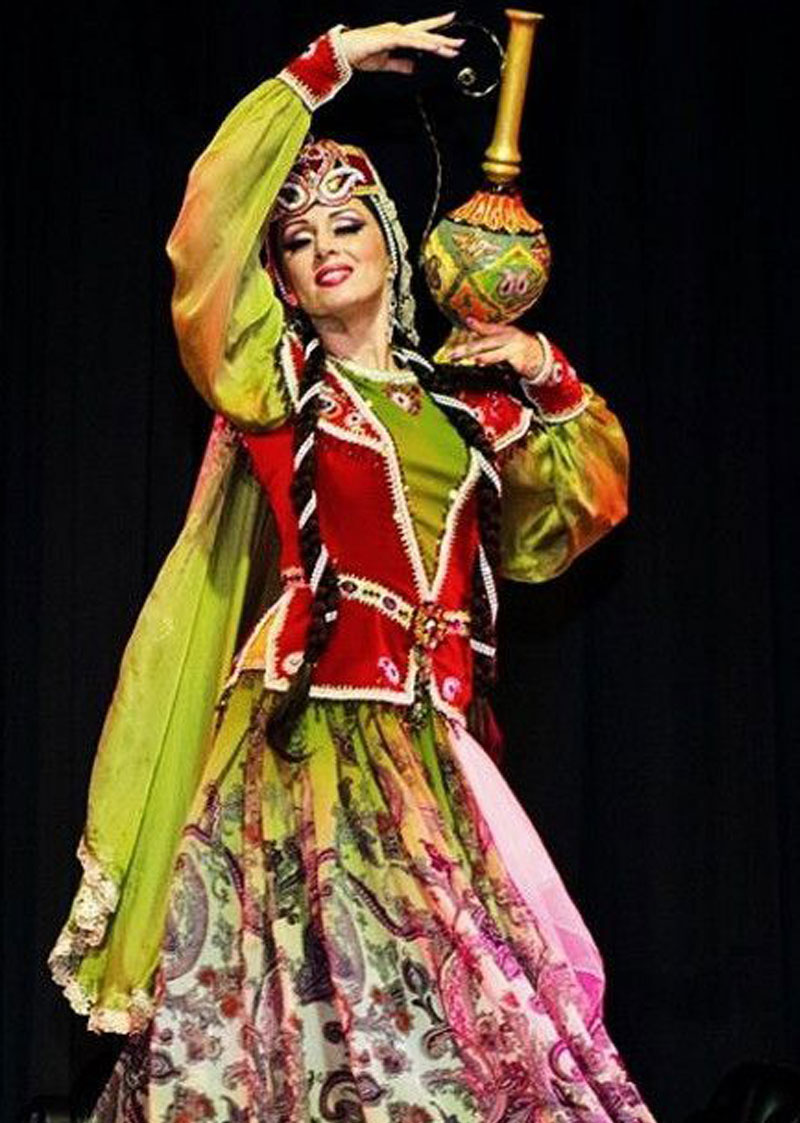
Azeri dancer
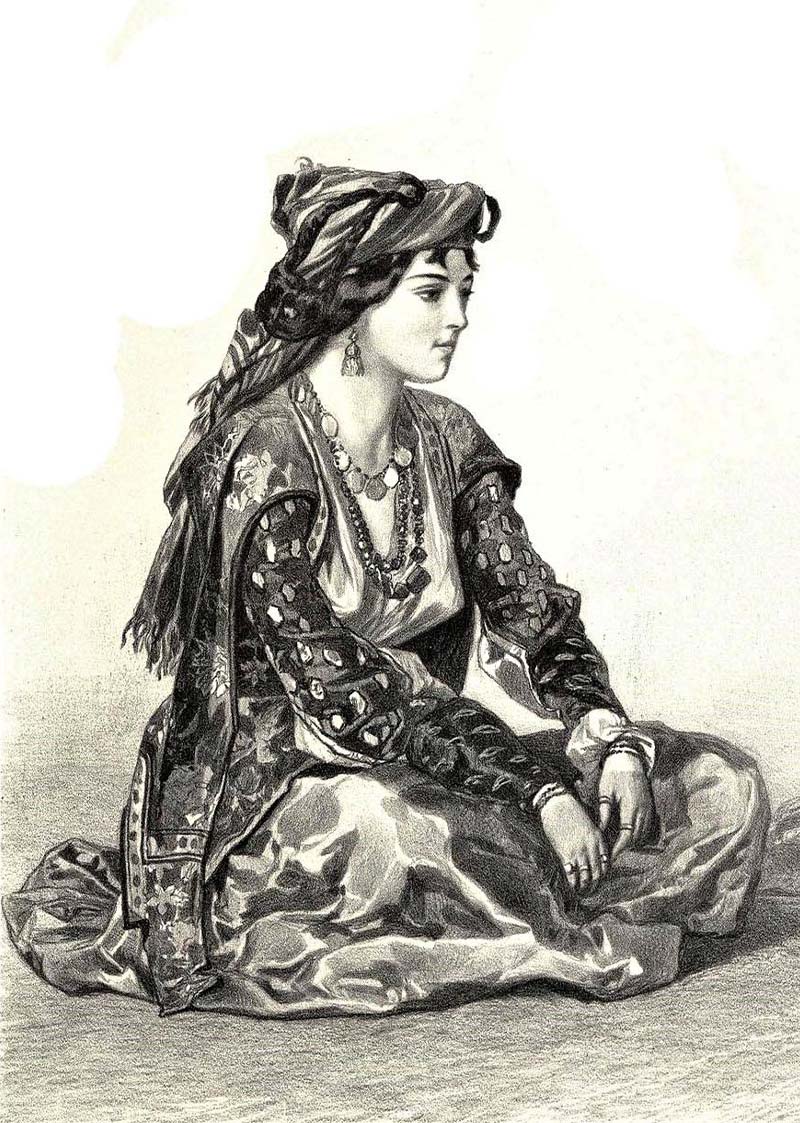
Azerbaijan's woman vintage illustration
THE AZERIS
The Azeris are an ethnic group mainly allocated in the regions in northwestern Iran and the Republic of Azerbaijan, in a large area between the Caucasus and the Iranian highlands. The Azeris are generally Muslim and have a cultural background influenced by elements of the cultures of Turkey, Iran and Caucasus. The ethnic history of the Azerbaijani people, the artistic characteristics in their various forms, the ornamental artistic motifs and the weaving are reflected in the national costumes, especially in the artistic embroidery, weaving and knitting. In the 17th century, Azerbaijan was considered to be the main silk producer in the Near East and Shirvan was the main sericulture region. Silks were produced in Shamakhi, Basqal, Ganja, Shaki, Shusha and other regions. Fine fabrics, silk handkerchiefs for women with ornaments of extraordinary beauty and others have been produced in these cities.
The style of the clothes reflects the marital status and age of the wearer. For example, the costume of a girl and a married woman were different; and young women wore more colorful clothes. Since the 20th century, national costumes in Azerbaijan have been worn mainly in villages, and almost all dances are performed in traditional costumes.
Shop some item inspired by Artemisia
THE WOMEN’S NATIONAL COSTUME
The women’s national costume includes a shawl called “Chadra” and a veil called “rubend” which is worn by women to go outdoors. The costume is sewn with bright and colorful fabrics, the quality of which depends on the family’s income. The clothing also included a variety of different jewels: gold and silver beads, buttons, coins, delicate pendants and necklaces. Unlike older women, young women wore brighter dresses adorned with flowers.
The costume consists of a shirt with wide sleeves and wide ankle-length pants and bell-shaped skirts of the same length. The women also wore a well-shaped long-sleeved shirt (“arkhalig” or “kuladja”), which had a large slit on the front. The waist was tightly tied, but divided below. The women’s shirt in Gazakh uyezd was long with slits on each side. Several veils were worn on it. A quilted jacket or a coat longer than the shirt were worn in cold weather. Karabakh women wore chepken (chafken) which was snug on the waist and with long hidden sleeves. There were also wide skirts and tight, wide trousers. Long kulajs were worn only by wealthy women.
The women hid their hair in a special suck “chutga”. The head was covered with a cylindrical hood, often of velvet, and a chalma and several kalaghai veils were tied on it.
While silkworm breeding and cotton production continue to grow, the production of fabrics that play a special role in traditional costumes has increased and, consequently, this type of manufacturing art is making a comeback.
